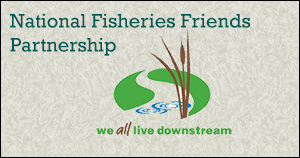N.F.H.S. stands for The National Fish Hatchery System. NFHS is a network of field stations located throughout the nation. Its scientists work with tribal, local communities, state government, other federal agencies, and foreign nations to conserve natural fisheries. Since the establishment of the U.S. Fish and Wildlife Service in 1871, fish conservation has been paramount to sustain local populations and their economies.
The NFHS is the governing body overseeing fisheries from the Pacific Northwest to the Gulf Coast tributaries of Florida. Scientists specializing in ecology, statistics, botany, physiology, fish culture, microbiology, and veterinary medicine partner to create conservation programs. These programs aim to educate the public, re-establish breeding populations, and correct environmental hazards to America’s fisheries.
The NFHS is directly connected to the conservation of rare and endangered species and the healthy populations of common game fishes: Pacific salmon, native western trout, diminutive darters, lake trout, and striped bass just to name a few. Plants, salamanders, insects, and freshwater mussels are also beneficiaries to the work conducted by scientists in the NFHS. A healthy ecosystem supports every species and plant within it. Without the monitoring of our lakes, waterways, and oceans we will see many of our native species die off along with the nation’s fishing industry.

